Supervisors and Host Institutes
National Observatory of Athens (coordinator)
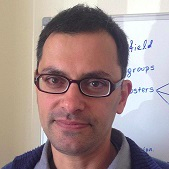
Antonis Georgakakis is Staff Researcher at the Institute of Astronomy Astrophysics, Space Applications and Remote Sensing of the National Observatory of Athens. He obtained his PhD in Astrophysics from Imperial College London in 1998. He is interested in observational studies of the structure of accretion flows onto supermassive black holes, the cosmological evolution Active Galactic Nuclei and their interplay with their host galaxies. For the interpretation of the observations he has been developing empirical and semi-empirical models of AGN populations in cosmological volumes. He is member of the eROSITA German Consortium and co-chair of Science Working Group “Understanding the build-up pd SMBH and galaxies” of the NewAthena X-ray observatory.
University of Bristol

Andy Young is an Associate Professor in the School of Physics at the University of Bristol. He obtained his PhD in 1999 from the Institute of Astronomy at the University of Cambridge. This was followed by postdoctoral positions in the Department of Astronomy, University of Maryland, College Park, and the Chandra High Energy Transmission Grating (HETG) group at MIT. His research interests include the study of accretion flows onto black holes, the physics of the innermost regions of AGN, and the use of X-ray observations to probe the properties of black holes. He is a council member of the Royal Astronomical Society.
University of Crete
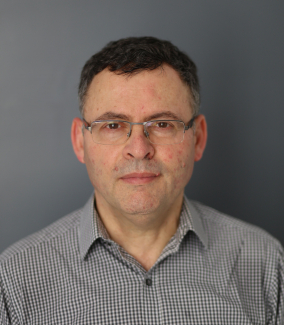
Prof. Iossif Papadakis was a research fellow at the Physics Department of the University of Southampton between 1993 - 1994 and 1997. He then moved to University of Crete, where he worked as a research associate until 2001, when he accepted a position of researcher at IESL FORTH. In 2003 he commenced his appointment as an Assistant Professor at the University of Crete, he was promoted to an Associate Professor in 2009 and to a Professor in 2014. He served as the Chairman of the Department of Physics from November 2015 to August 2019.From 2009 until 2019 he served as the Director of Skinakas Observatory. Interests: Extragalactic Astrophysics, with main emphasis on active galaxies related studies, in particular in the X-rays.
University of Belgrade, Faculty of Mathematics
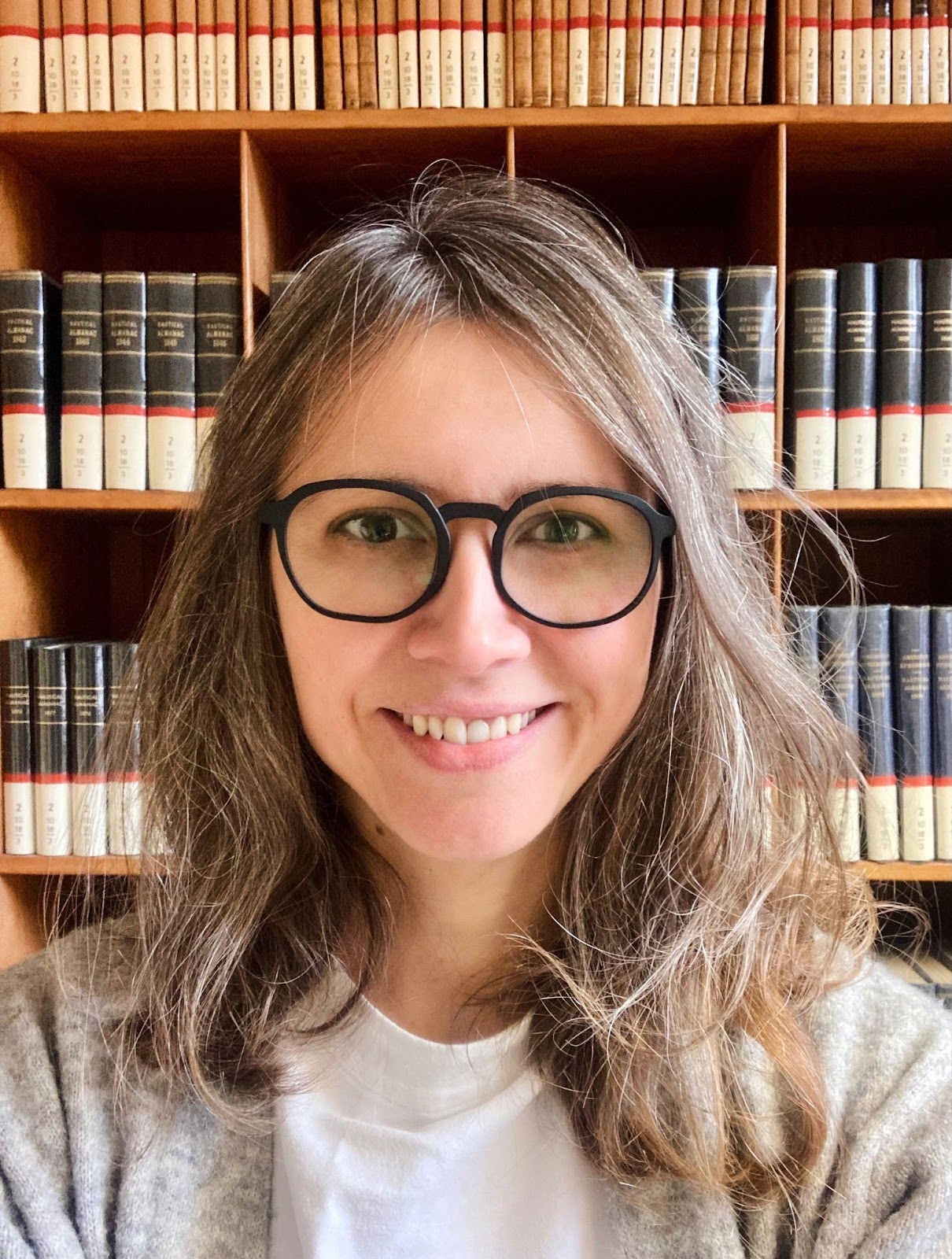
Dragana Ilić is a professor at the University of Belgrade, Faculty of Mathematics, holding the Ph.D. jointly awarded by the University of Belgrade and University of Padua. She received the L’Oréal-UNESCO national scholarship «For Women in Science» for 2014, and the Alexander von Humboldt fellowship in 2020. Her research focuses on the investigations of active galactic nuclei (AGNs) in the optical and time-domain, as well as other line emitting regions of the interstellar medium, such as supernova remnants. Lately she is very much involved in the optical variability of AGNs within the Vera C. Rubin Observatory Legacy Survey in Space and Time (LSST). She is working on development of joint international studies in Serbia and is a local project coordinator for the University of Belgrade for the Erasmus Mundus Joint Master program - Master in Astrophysics and Space Science (MASS). She is fully engaged in science outreach and communication.

Anđelka Kovačević is an associate professor of Astronomy at the University of Belgrade. Her Ph.D. work developed a method for determining asteroid mass, notably calculating the mass of asteroid 16 Psyche, which supported NASA’s mission to this asteroid. She specialises in AGN tomography, including 2D reverberation mapping, interferometry, astrometry and novel nonlinear analysis of periodic signals in close binary AGN, as well as space-based nulling interferometry for exoplanets. She also works on adaptation of unsupervised deep learning techniques, like Neural and Quantum Neural Processes, to time domain analysis of AGN light curves. From 2020 to 2023, Kovačević was a Fellow of the Chinese Academy of Sciences. She is President of Serbia’s National Committee for Astronomy IAU and serves on the Board of Astronomy & Astrophysics journal and as a lead of Serbian directable software in kind contribution team to LSST. She is also involved in DEI initiatives in Serbia.
Federico II University of Naples
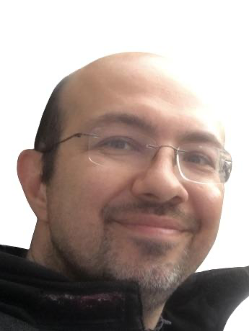
Maurizio Paolillo is full professor of physics and astronomy at the Federico II University of Naples. He got his PhD in 2002 at the Palermo University, spending half of the program at the Harvard-Smithsonian Center for Astrophysics in Cambridge (USA). In 2002 he moved to the Space Telescope Science Institute in Baltimore, within the group of Prof. R. Giacconi and Dr. E. Schreier, before joining the Physics Department in Naples as a researcher first, associate and full professor later. His scientific interests concern the study of high energy phenomena in the universe, with emphasis on time variability studies to trace the accretion processes onto supermassive black holes. He collaborates closely with the National Institute of Astrophysics and the National Institute of Nuclear Physics, and directs observing programs with optical (VST, VLT, TNG, HST) and high energy (Chandra, XMM) telescopes. He is a member of the LSST collaboration intended to exploit the Vera Rubin Telescope data, and lead of the Italian in-kind contribution using the VST telescope for timing studies of AGN; he is also a member of the Euclid telescope collaboration.
Nicolaus Copernicus Astronomical Center Polish Academy of Sciences

Agata Różańska is a Professor and Deputy Director at CAMK PAN (N. Copernicus Astronomical Center Polish Academy of Sciences). She works on numerical computations of emission processes in astrophysical X-ray sources and their observations. Her areas of research include simulations of radiative transfer through the warm ionised media, through the hot atmospheres of neutron stars and atmospheres of accretion disks around black holes in AGN and in X-ray binaries. She started the study of multi-phase regions around supermassive black holes in the centres of galaxies. In 2013-2021 she was a treasurer of the Polish Astronomical Society. Since 2014, she has been the main editor of the Conference Proceedings Series of the Polish Astronomical Society. Up to now 12 volumes have been published. Since 2014, she is a leader of the Polish team of scientists and engineers working on the development of subsystems for the Athena X-ray observatory. Since 2020 she is a councillor of the European Astronomical Society.
SRON Netherlands Institute for Space Research
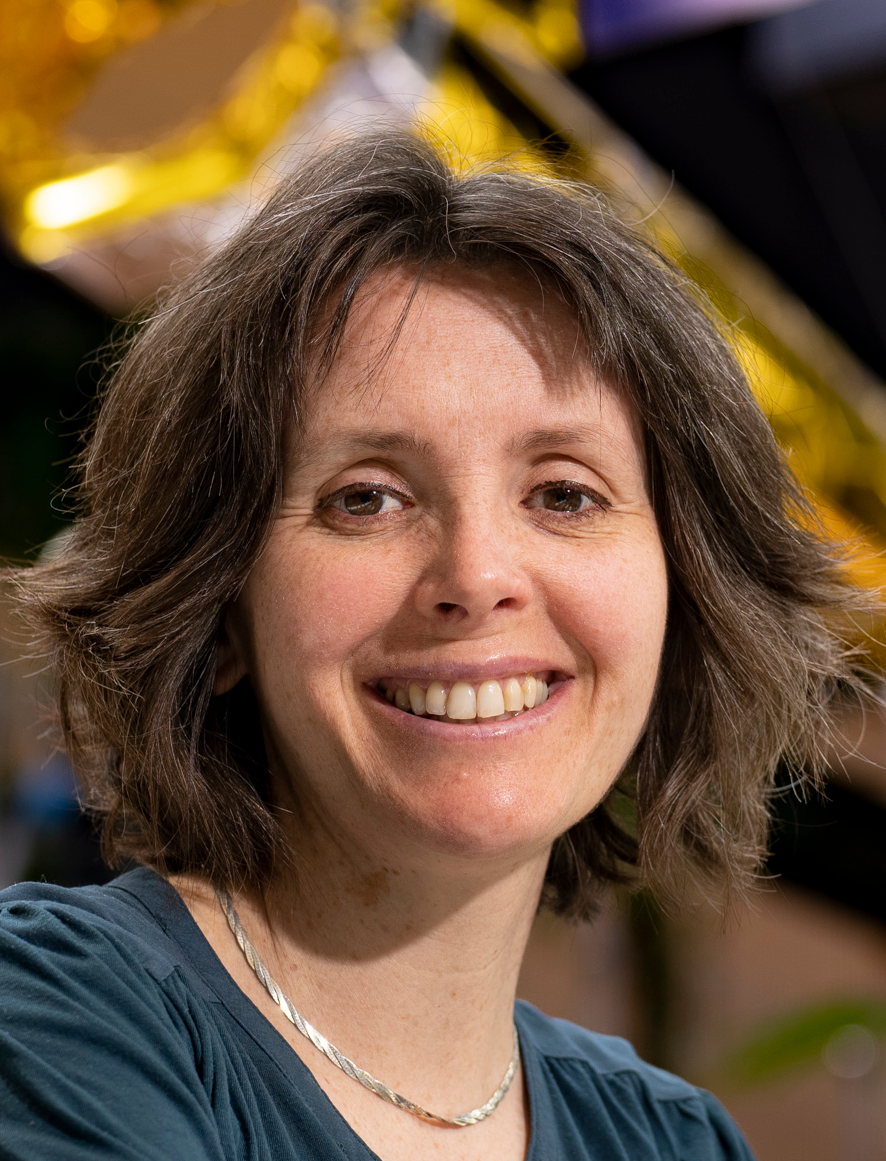
Dr Elisa Costantini is a senior research scientist at SRON Netherlands Institute for Space Research. She obtained her PhD at the Max Planck institute for extraterrestrial physics/Ludwig-Maximilians Universitaet in 2004. After a post doc at the University of Utrecht, she is a staff member at SRON since 2008. Her research interests include: observation and modelling of winds from compact objects (XRB and AGN) and experimental and observational studies of the interstellar medium. She is also involved in X-ray mission development, such as XRISM and NewAthena.
Tor Vergata University of Rome
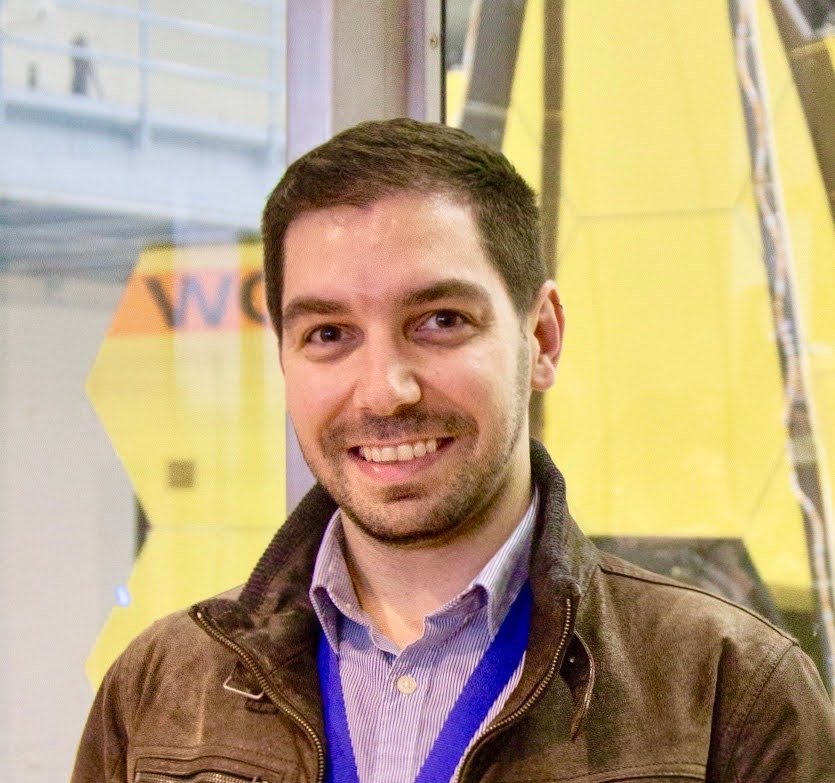
Francesco Tombesi is a Professor of Astrophysics at the Department of Physics of Tor Vergata University of Rome, Italy. He is also affiliated with the National Institute for Astrophysics (INAF) - Astronomical Observatory of Rome and the National Institute for Nuclear Physics (INFN) - Rome Tor Vergata. He earned his PhD in Astronomy in 2010 from Alma Mater Studiorum – University of Bologna. From 2010 to 2024, he held appointments in the US as an astrophysicist at NASA - Goddard Space Flight Center and as a research scientist at the Dept. of Astronomy of the University of Maryland, College Park. He is currently part of the science teams of several international space missions and observatories, including NICER, IXPE, XRISM, Athena, AXIS, CTA, Rubin LSST, and LISA. His main research interests include, but are not limited to, accretion and ejection processes onto black holes, active galactic nuclei, ultra-fast outflows, AGN feedback and galaxy ecosystems, galactic habitability, binary black hole systems, time-domain astrophysics, X-ray spectroscopy and polarimetry, and multi-messenger astrophysics.
Max Planck Institute for extraterrestrial Physics
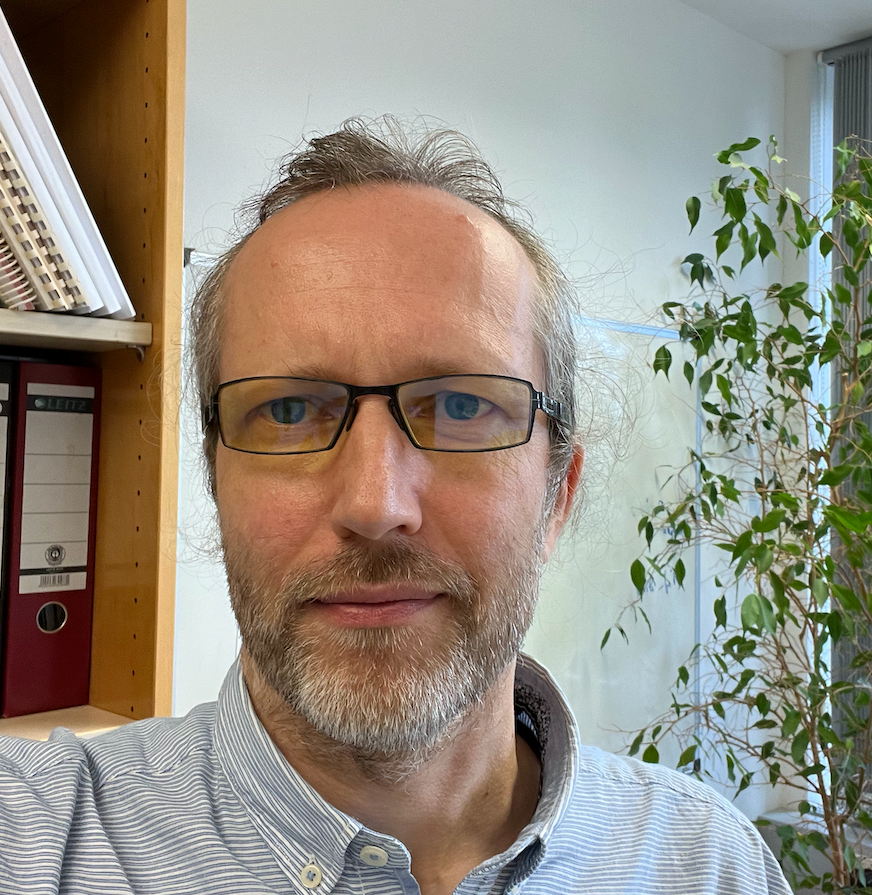
Arne Rau is a staff scientist at the High-Energy Group of the Max Planck Institute for extraterrestrial Physics, MPE (Garching, Germany). He obtained his Ph.D. at MPE and the International Max Planck Research School (IMPRS) in 2005, performing a population study of Gamma-ray Burst using data from the INTEGRAL gamma-ray satellite and large ground-based observatories. He has developed a wide expertise in extra-galactic transients through all wavelengths. His recent focus is on Tidal Disruption Events detected in the X-ray band with eROSITA and Einstein Probe, which he studies with a group of PhD students and postdocs at MPE. He is a member of the Science Management Committee for Einstein Probe and co-chair of the AGN/Tidal Disruption Event working group for the mission. Furthermore, he is the Project Scientist for the Wide Field Imager for ESA’s NewAthena X-ray observatory.
University of Nova Gorica
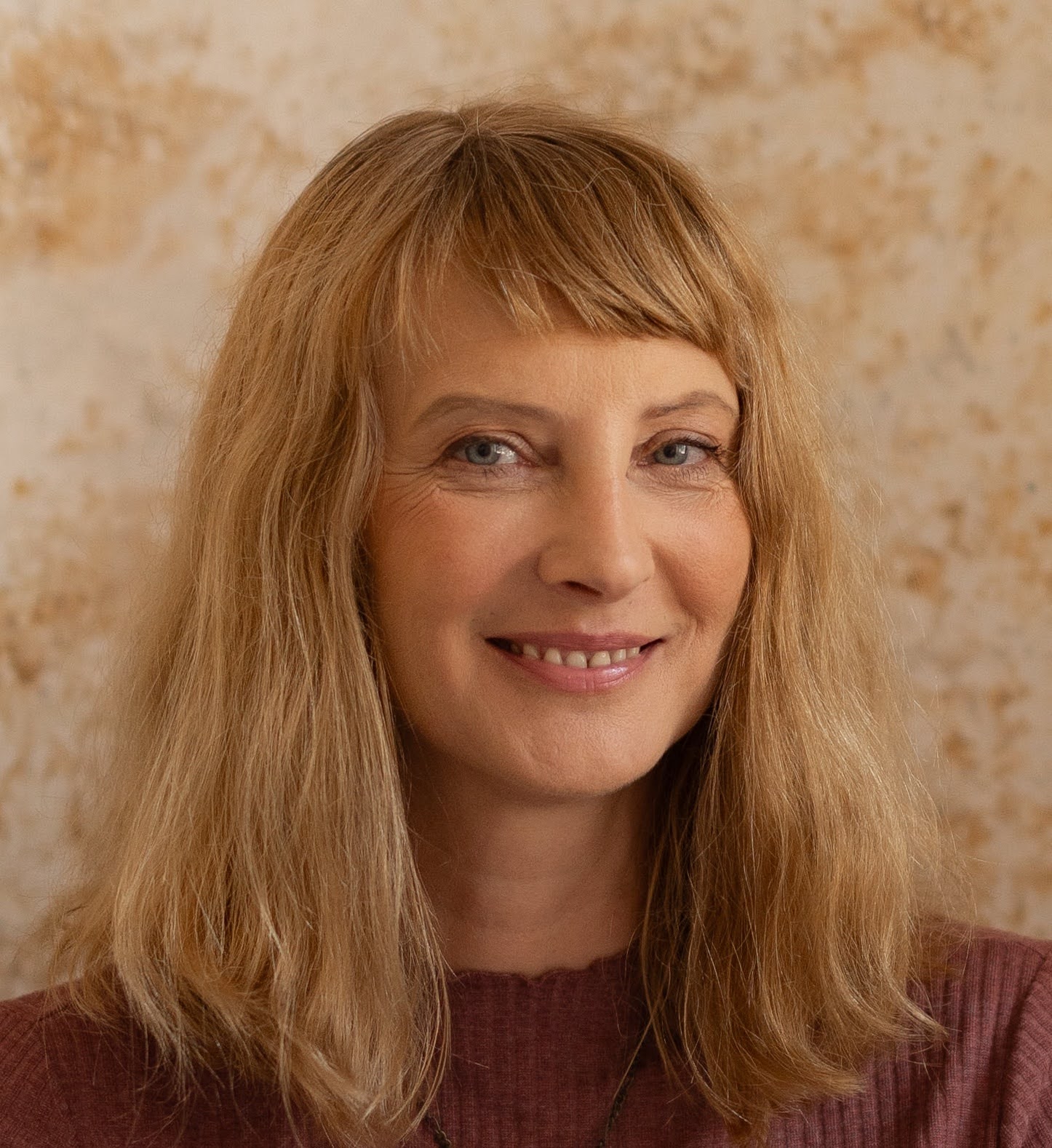
Andreja Gomboc is Professor of Astronomy at the University of Nova Gorica. She received her PhD in physics at the University of Ljubljana in 2001, followed by Marie Sklodowska Curie postdoctoral fellowship at the Liverpool John Moores University, UK. In 2021-22 she was a Fulbright Scholar at the University of Washington, USA. Her main fields of research are astrophysical transients (tidal disruption of stars in vicinity of massive black holes, gamma ray bursts, electromagnetic counterparts of gravitational wave events). Since 2016 she is leading Slovenian participation in the Vera Rubin Observatory’s Legacy Survey of Space and Time. She is a member of the European Astronomical Society Council and MSCA COFUND SMASH Executive Board.